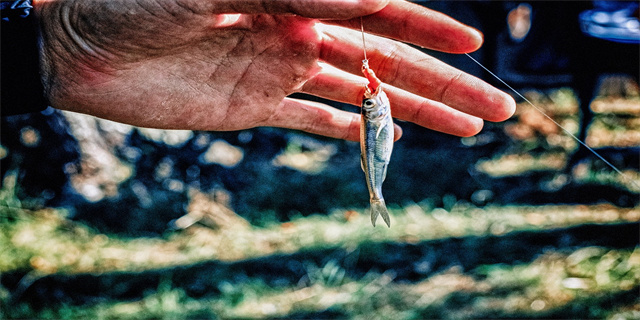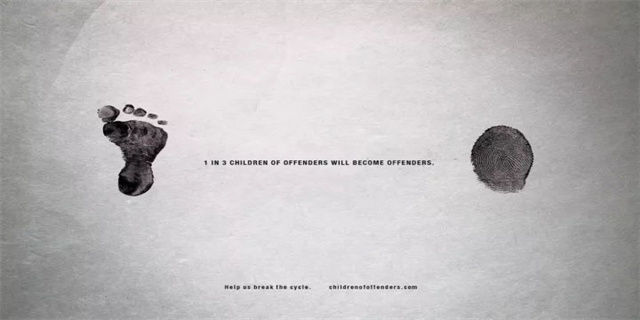RelativeLayout布局使用详解
引言:
RelativeLayout是Android中常用的一个布局方式,它通过相对位置来确定子视图的摆放位置,灵活性很高。本文将详细介绍RelativeLayout的使用方法以及一些实例,帮助读者更好地理解和运用RelativeLayout布局。
一、RelativeLayout布局概述
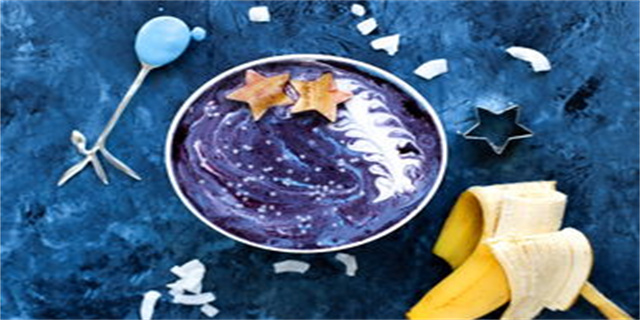
RelativeLayout(相对布局)是Android中最常用的布局之一,它允许子视图相对于父容器或其他子视图进行定位。相对布局通过相对位置关系来确定子视图的位置。每个子视图可以与父容器的边缘或其他子视图的边缘对齐,也可以相对于其他子视图的位置进行偏移。相对布局提供了一种简单而灵活的方式来定义布局的结构和视图的位置,应用广泛。
二、RelativeLayout布局的使用方法
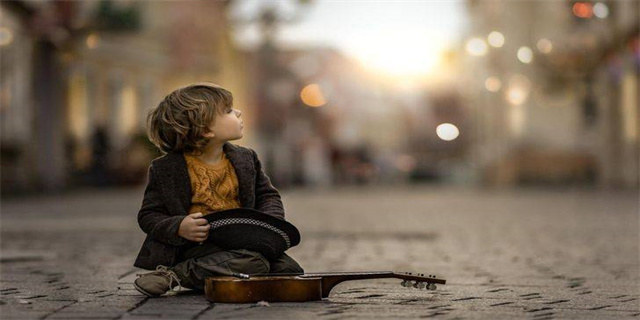
RelativeLayout的使用方法相对简单,它可以直接在XML布局文件中定义,并通过属性来设置子视图的位置关系。下面将介绍一些常用的属性:
1. layout_alignParentTop / layout_alignParentBottom / layout_alignParentLeft / layout_alignParentRight
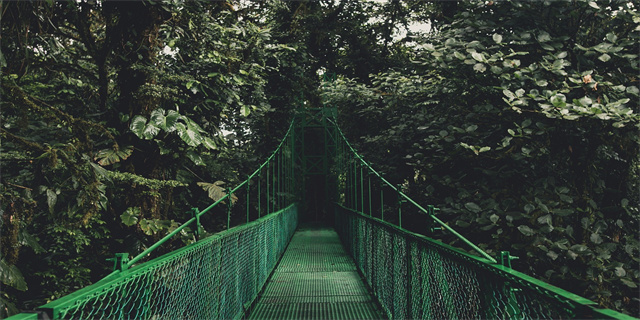
这些属性用于设置子视图与父容器的边缘对齐。例如:
<Button android:layout_width=\"wrap_content\" android:layout_height=\"wrap_content\" android:text=\"Button\" android:layout_alignParentTop=\"true\" android:layout_alignParentRight=\"true\" />上述代码中的Button视图将位于父容器的右上角。
2. layout_above / layout_below / layout_toLeftOf / layout_toRightOf
这些属性用于设置子视图相对于其他子视图的位置关系。例如:
<Button android:layout_width=\"wrap_content\" android:layout_height=\"wrap_content\" android:text=\"Button1\" android:id=\"@+id/button1\" /> <Button android:layout_width=\"wrap_content\" android:layout_height=\"wrap_content\" android:text=\"Button2\" android:layout_below=\"@id/button1\" android:layout_toRightOf=\"@id/button1\" />上述代码中的Button2视图位于Button1的下方且靠右对齐。
3. layout_alignTop / layout_alignBottom / layout_alignLeft / layout_alignRight
这些属性用于设置子视图相对于其他子视图的边缘对齐。例如:
<Button android:layout_width=\"wrap_content\" android:layout_height=\"wrap_content\" android:text=\"Button1\" android:id=\"@+id/button1\" /> <Button android:layout_width=\"wrap_content\" android:layout_height=\"wrap_content\" android:text=\"Button2\" android:layout_below=\"@id/button1\" android:layout_alignLeft=\"@id/button1\" />上述代码中的Button2视图位于Button1的下方且与Button1的左边对齐。
4. layout_centerVertical / layout_centerHorizontal
这些属性用于设置子视图在垂直或水平方向上居中对齐。例如:
<Button android:layout_width=\"wrap_content\" android:layout_height=\"wrap_content\" android:text=\"Button\" android:layout_centerVertical=\"true\" android:layout_centerHorizontal=\"true\" />上述代码中的Button视图将在父容器的垂直和水平中心位置居中对齐。
三、RelativeLayout布局的实例
下面通过两个实例来详细说明RelativeLayout的使用方法:
实例1:
假设我们需要创建一个登陆界面,包含用户名和密码的输入框,以及一个登陆按钮。可以使用RelativeLayout实现如下布局:
<RelativeLayout android:layout_width=\"match_parent\" android:layout_height=\"match_parent\"> <EditText android:id=\"@+id/username\" android:layout_width=\"match_parent\" android:layout_height=\"wrap_content\" android:hint=\"Username\" android:padding=\"10dp\" /> <EditText android:id=\"@+id/password\" android:layout_width=\"match_parent\" android:layout_height=\"wrap_content\" android:layout_below=\"@id/username\" android:hint=\"Password\" android:padding=\"10dp\" /> <Button android:layout_width=\"wrap_content\" android:layout_height=\"wrap_content\" android:text=\"Login\" android:layout_below=\"@id/password\" android:layout_centerHorizontal=\"true\" /></RelativeLayout>上述代码中,用户名输入框和密码输入框都位于父容器的垂直中心位置(通过layout_centerHorizontal属性设置),并且密码输入框位于用户名输入框的下方(通过layout_below属性设置),登陆按钮位于密码输入框的下方且水平居中对齐(通过layout_below和layout_centerHorizontal属性设置)。
实例2:
假设我们需要创建一个界面,上方有一个ImageView作为广告图片,下方有两个按钮,一个位于左下角,一个位于右下角。可以使用RelativeLayout实现如下布局:
<RelativeLayout android:layout_width=\"match_parent\" android:layout_height=\"match_parent\"> <ImageView android:layout_width=\"match_parent\" android:layout_height=\"wrap_content\" android:src=\"@drawable/advertisement\" android:scaleType=\"centerCrop\" android:layout_alignParentTop=\"true\" /> <Button android:layout_width=\"wrap_content\" android:layout_height=\"wrap_content\" android:text=\"Left\" android:layout_alignParentBottom=\"true\" android:layout_alignParentLeft=\"true\" /> <Button android:layout_width=\"wrap_content\" android:layout_height=\"wrap_content\" android:text=\"Right\" android:layout_alignParentBottom=\"true\" android:layout_alignParentRight=\"true\" /></RelativeLayout>上述代码中,广告图片位于父容器的顶部(通过layout_alignParentTop属性设置),左边按钮位于父容器的左下角(通过layout_alignParentBottom和layout_alignParentLeft属性设置),右边按钮位于父容器的右下角(通过layout_alignParentBottom和layout_alignParentRight属性设置)。
在以上两个实例中,我们可以看到RelativeLayout对于复杂布局的实现非常方便,只需通过设置不同的属性即可对子视图进行定位和调整位置。
结论:
RelativeLayout是Android中常用的一个布局方式,它通过相对位置来确定子视图的摆放位置,灵活性很高。本文介绍了RelativeLayout的使用方法和一些常用属性,并通过实例演示了RelativeLayout的应用。希望读者能够通过本文的学习更好地掌握RelativeLayout布局,这对于Android应用的界面开发非常重要。
参考链接:
1. Android官方文档:https://developer.android.com/reference/android/widget/RelativeLayout
2. 教程示例代码:https://github.com/example/layout_samples
